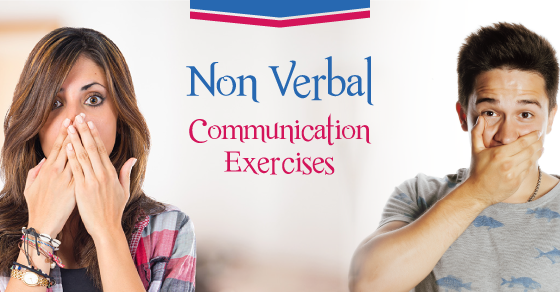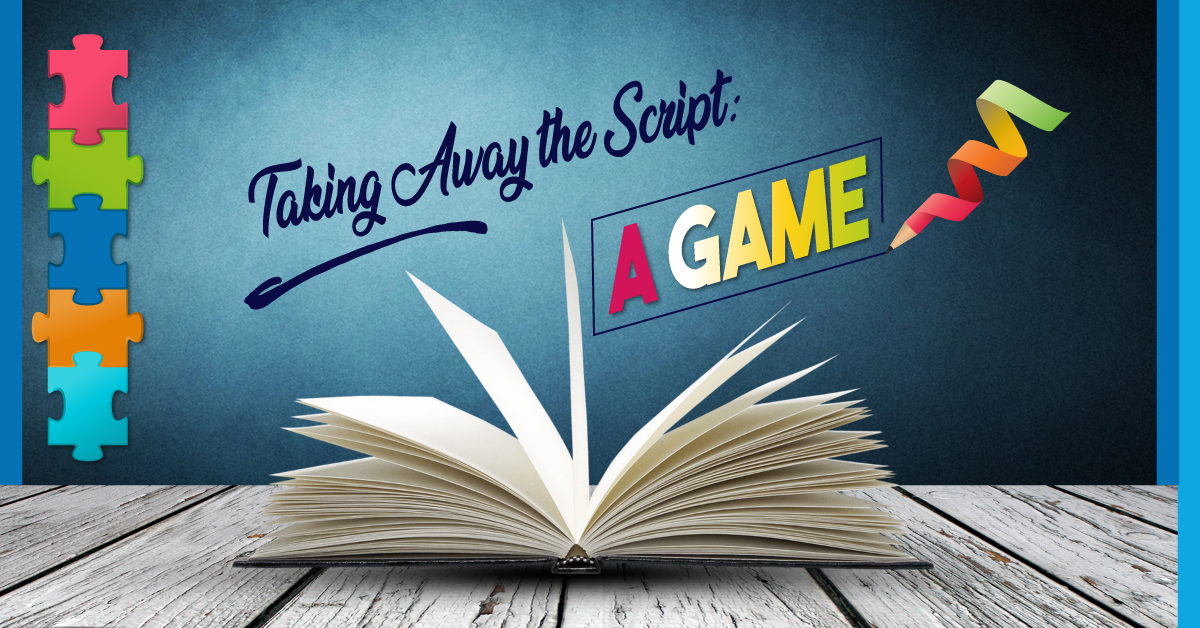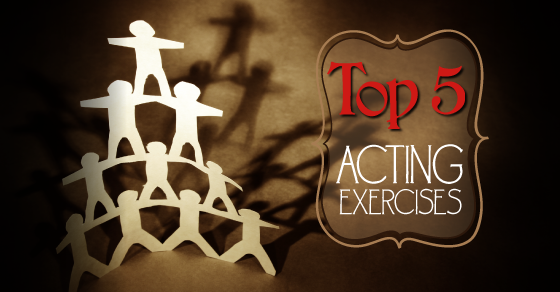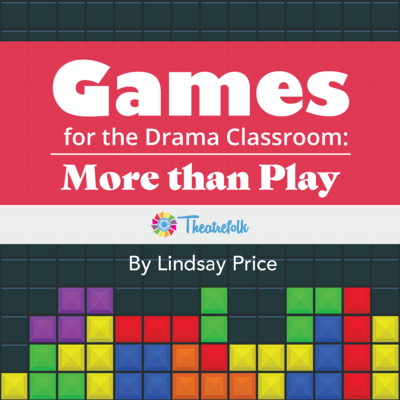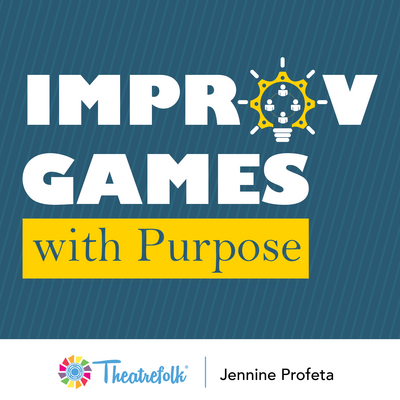Nonverbal Communication Exercises for the Drama Class
How do we communicate without words?
We communicate without words every day. A frown and crossed arms communicates a clear message, as does a nod, wink, or a “come here” gesture. There’s the subtext in the mixed message of a tense body combined with words of love. Because theatre is a visual medium and today’s students are visual learners, it is a great idea to incorporate nonverbal communication exercises into your program.
Gestures List. Ask students: How do we communicate without words? What are some common gestures? Divide students into groups and ask each group to come up with as many ways of nonverbal communicate as they can in 1 minute (eg: shrug, hands on hips, finger to lips, shake head, nod head, make a face, smile, wink).
Silent Scene. Divide students into pairs. Have each pair create a one-minute scene that takes place in one location and has a problem that needs to be solved. Neither person in the scene can talk. All communication has to be nonverbal. Can the audience guess the content of the scene without any dialogue to help? Remind students to refer to the gestures list.
Nonverbal Communication. Give students a list of sentences and have them come up with a way to nonverbally communicate them. Remind students to refer to the gestures list. (A sample list is included in the PDF.)
Nonverbal Emotions. Students choose an emotion by drawing slips of paper out of a hat. Have them present the emotion listed on the slip of paper in a wordless performance where they enter a space, then sit, get up, and leave the space. Their goal is to “show” their emotion well enough that the audience can guess. (For example: Happiness, Sadness, Anger, Surprise, Fear, Jealousy, Boredom, Disgust, Nervousness, Excitement, Relaxation, Tenseness, Stress, Fatigue).
Nonverbal Picture Prompt. Show students a picture of a person. What is their body language communicating? Write an inner monologue for this character. (A sample picture is included in the PDF.)
High Status/Low Status. Have students walk around the room and explore the physicality of high status and low status. What defines a high status body? What defines a low status body? How do they walk? How does this physicality affect how they interact? Divide students into pairs with one high status character and one low status character. Each pair presents a nonverbal scene that shows their status. (A description of high and low status physicality is included in the PDF.)
Subtext Scene. Divide students into groups. Create a scene in which at least one character has lines that say one thing while their body language tells another thing (eg: a student tells another student they are happy that they won the contest, but their body language is tense, with arms folded across their body).
Good Listener/Bad Listener. Have two volunteers come up to the front. Person A has to tell Person B a story. The first time through, Person B is a “good listener.” Ask students what a good listener looks like? How do you communicate engagement nonverbally? Do the scene again with Person B telling Person A a story. This time, Person A is a “bad listener.” What does a bad listener look like? What is their physicality? How do you communicate boredom nonverbally? Ask the audience if they can see the difference.
One Talker/One Not. Divide students into pairs. Have each pair create a one-minute scene that takes place in one location and has a problem that needs to be solved. Person A is allowed to speak their lines but Person B can only use gesture, body language, and other nonverbal communication. Afterwards, switch sides so that Person A is the nonverbal communicator.
Judging. Ask students: Have you ever judged someone by what they look like or by how they move before you talk to them? What is it about someone’s physicality that affects you? Have students create a scene in which a character is judged not by what they say but by their nonverbal communication.
Related Articles
Games for the Drama Classroom: More Than Play
by Lindsay Price
A collection of games and activities that go well beyond the notion of "play."
Improv Games with Purpose
by Jennine Profeta
Improv games including feedback suggestions and questions, game variations, teaching tips, side coaching tips, entry prompts, exit slip questions, and more!
